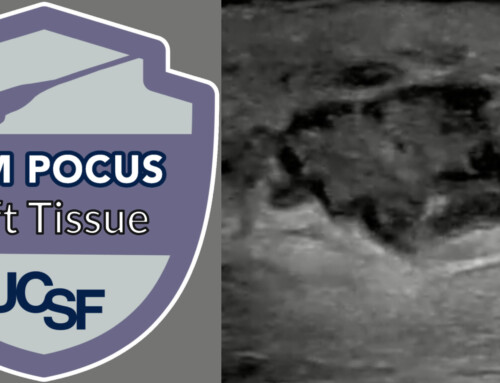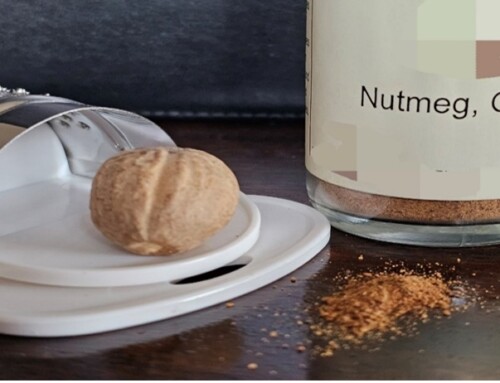 One of the final common denominators dictating the success or failure of any resuscitative effort, be it a trauma or medical code, is the patient’s acid-base status. In the presence of acidosis, many of the tools at your disposal, including vasopressors, become impotent and the patient’s ability to strike a balance between bleeding and clotting or mounting an appropriate inflammatory response become deranged.1–6 So what are the options to tilt the acid-base status in our favor?
One of the final common denominators dictating the success or failure of any resuscitative effort, be it a trauma or medical code, is the patient’s acid-base status. In the presence of acidosis, many of the tools at your disposal, including vasopressors, become impotent and the patient’s ability to strike a balance between bleeding and clotting or mounting an appropriate inflammatory response become deranged.1–6 So what are the options to tilt the acid-base status in our favor?
Why not sodium bicarbonate?
One thing is clear, sodium bicarbonate is not the hero we have been searching for. Unfortunately, the buffer we all know and want to love is ineffective in producing any significant change that will alter outcomes in the setting of the acutely acidemic patient.7,8 Why? Well to understand this, we’ll have to do a brief dive (a “wade”) into the relevant human biochemistry.

So if you give sodium bicarbonate in an attempt to scavenge your troublemaking protons, you’ll get carbonic acid which dissociates into carbon dioxide and water, which can freely diffuse across the cell membrane creating an intracellular acidosis.9 If you can get rid of carbon dioxide (blow it off), you will force the equation to the “right” and get rid of your protons. However, patients in extremis may not be able to compensate for the increased carbon dioxide with increased respiratory drive further exacerbating intracellular acidemia.

What about THAM?
THAM (trometanol; tris-hydroxymethyl aminomethane) is an inert amino alcohol which is theoretically a more effective buffer than bicarbonate in the physiological range of blood pH because it has a pKa of 7.8 at normal body temperatures (compared to a pKa of 6.1 for sodium bicarbonate). Why may it be more useful than bicarbonate in dealing with acidemia in your patients? Back to the biochemistry:

Unlike exogenous bicarbonate, THAM does not depend on the patient’s ability to adequately ventilate. The resulting protonated product is excreted via glomerular filtration. Also unlike bicarbonate, THAM freely travels intracellularly and can reduce carbon dioxide levels offering an additional benefit in the hypercapneic or mixed acidosis with high PaCO2 patient.10 One last diagram:

So why have you never heard of this “magic bullet” in your fight against acidemia? There honestly is no good answer. It was first developed in the 1940s, and it has been used primarily in the lab rather than in the Emergency Department, but it has been shown safe in humans. It, like everything else, has risks to its use, but I’d argue the benefits of its use vastly outweigh the costs in the right patients.
In terms of dosing and administration, THAM is available in 500 mL bottles that are easily spiked and hung. Dosing can be based on the equation below if you have a known base deficit that you want to correct (assuming whatever process that caused your acidemia has been halted once your THAM is started):
- THAM (mL of 0.3 M solution) = body weight (kg) x base deficit (mEq/L) x 1.1
- Example: 70 kg patient with a base deficit of 7 x 1.1 = 539 mL (call it 500 mL) of THAM to fully correct
More practically in the Emergency Department, if the base deficit is unknown or your patient has an underlying process that continues to drive ongoing metabolic or respiratory acidosis, our practice is to empirically dose 500 mL and re-check venous or arterial blood gases after each bottle of THAM. The first 250 mL is given as a bolus, then slow down the infusion in an attempt to run the remaining 250 mL over 30 minutes. In our hospital, we have anecdotal reports of significant clinical improvement and successful resuscitations with the use of THAM in conjunction with other standard of care management approaches to these very sick patients, but there are no prospective randomized studies investigating THAM to give weight to our experiences. If you do give THAM, it is important to assess acid base status frequently as it is possible to over-correct and create an equally troublesome metabolic alkalosis.
What are the downsides of THAM?
- It is important to know that the only FDA approved indications for THAM are in patients with a metabolic acidosis associated with cardiac bypass surgery and metabolic acidosis associated with cardiac arrest. For any other uses, you are giving it “off-label.”
- THAM is relatively expensive, at least relative to bicarbonate. As of this writing, the obtainment cost for our hospital for one 500 mL bottle of THAM is approximately $200 compared to about $25-30 for the equivalent of sodium bicarbonate. And the above mentioned figures are just for acquisition costs for the hospital, not what the patient is charged for it (which depending on the hospital, can be between $1500 and $2000).
- Since the drug requires a slower infusion, rather than a push as with bicarbonate, this may restrict IV access in patients in extremis who may need multiple IV interventions (e.g., blood, antibiotics, pressors, etc.). Further, there is no compatibility data for THAM and we do not know if concomitant medications can be given via the same IV. This may not be an issue in patients once they are admitted and have central access; however, during initial resuscitation in the ED, restricting IV access with a drip can be an issue. Also it is a vesicant and can be irritating to soft tissue if it extravasates, so using your best IV line is a good idea.
- Labeled contraindications to the use of THAM include uremia, anuria, respiratory acidosis in neonates, and salicylate toxicity.
- In high doses or quick infusions, THAM has been associated with hypoglycemia, so monitoring a patient’s blood sugar while administering THAM is important.
- There is the risk of overshooting in your fight against acidemia and making your patient alkalotic. We recommend getting repeat blood gases after every “dose” of THAM to minimize this potential risk. VBGs should suffice, but following acid base status with ABGs would require multiple arterial pokes or placement of an arterial line.
- THAM does not decrease serum potassium like sodium bicarbonate will, so it should be avoided in patients whom you suspect as having hyperkalemia.
- Giving “equivalent” doses of THAM and bicarbonate means giving more volume overall when you are giving THAM, so caution should be heeded if your patient is volume overloaded.
But those cautions aside, we would argue there may be a role for using THAM in your moderate to severely acidemic patients who are septic, in hemorrhagic shock, in a COPD/asthma exacerbation and are retaining CO2, or are hypernatremic.
The evidence
You evidence-based-medicine fans may want to know about what the best in clinical trials has to say about patient outcomes with THAM. Well… nothing. In fact, there are no randomized clinical trials in humans showing that resolving acidosis (whether by THAM or bicarbonate) without fixing the cause improves outcomes. In the meantime, consider including THAM in your armamentarium when dealing with the critically sick, where severe acidemia is leading the patient down the path of no return.
Our Final Thoughts
THAM should be considered in patients with severe acidemia causing instability with any of the following:
- Are being resuscitated from cardiac arrest
- Are hypercapnic (COPD/asthma)
- Are hypernatremic
THAM should be avoided in patients with any of the following:
- Hyperkalemia
- Significant volume overload
- Uremia or anuria (without a plan for dialysis)
- Salicylate toxicity
What is still needed?
- Robust research looking at outcomes with THAM versus bicarbonate versus placebo in patients with severe acidemia
The authors and expert peer reviewer do not have any financial or intellectual conflicts of interests regarding THAM.





